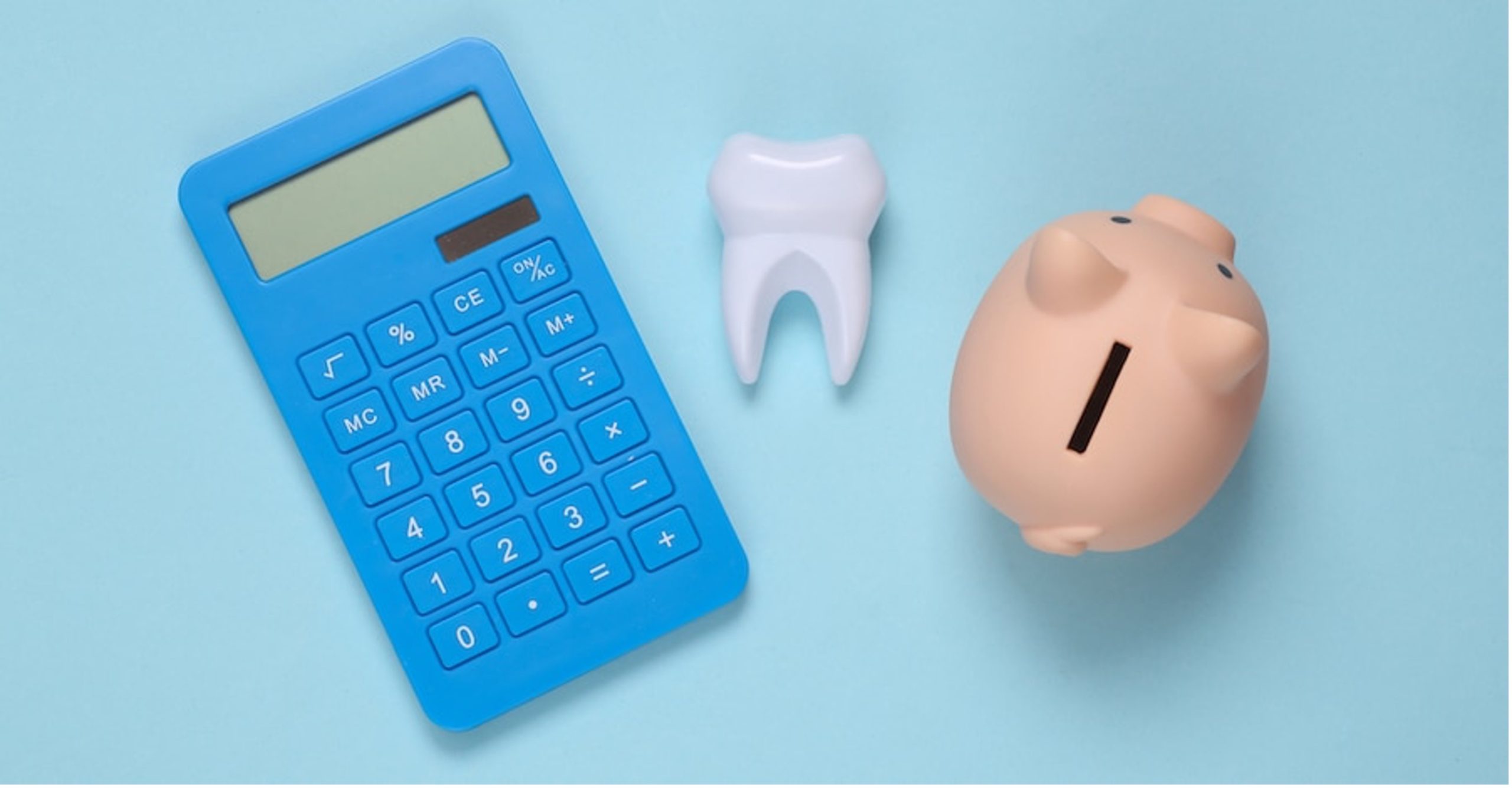
Both Health Savings Accounts (HSAs) and Flexible Spending Accounts (FSAs) are important tools that allow individuals that have health insurance the ability to set aside money for qualified healthcare expenses. These include medical care, prescription drugs, dental and vision care, over-the-counter medications, and other health-related costs.
Typically, you are able to use your HSA or FSA for eligible orthodontic treatment. Not sure how to open, contribute to, or access your account? Get answers to some of the most common HSA/FSA questions below.
HSA and FSA FAQ for Orthodontic Patients
Both types of accounts have tax benefits, but there are some important differences to consider.
FSAs come only as part of a benefits package from an employer — you can’t get one on your own. To contribute to an HSA, you must have a High Deductible Health Plan.
What happens to the money when I contribute it?
- HSAs: With an HSA your money will go into an account with a custodian, similar to an investment account. The money you contribute usually can be invested until it is needed. Importantly, if you don’t spend the money on medical costs right away, the balance can grow tax-free.
- FSAs: The money you contribute is held until you need it for qualified health care costs. Unused funds go to your employer, who can split it among employees in the FSA plan or use it to offset the costs of administering benefits.
What impacts will contributions have on my taxes?
- HSAs: Contributions are tax-deductible, but can also be taken out of your pay pre-tax. Growth and distributions are tax-free if used for eligible medical expenses.
- FSAs: Contributions are pre-tax and distributions are tax-free and can only be used for eligible medical expenses.

Does this money expire? Does this money roll over?
- HSAs: The balance rolls over year to year, so you can save to the account today and use it for medical expenses in the future, even after you no longer have a High Deductible Health Plan! Your HSA can follow you as you change employment.
- FSAs: Generally it’s a “use it or lose it,” meaning you lose any amount you haven’t spent at the end of the calendar year. While you can’t get any money back, there are two cases where you may get a little extra time to spend your FSA:
- A grace period, when you can keep spending FSA money up to 2½ months past the end of the plan year. Because most plan years are calendar years, this option usually allows you to use the money from Jan. 1 to March 15 the next year.
- A rollover option, where you can move up to $500 to next year’s balance.
Is there a contribution limit for HSAs and FSAs?
- HSAs: In 2022, people with individual health insurance can save up to $3,650, and up to $7,300 for a family.
- FSAs: Individuals can save up to $2,850, and your spouse can also contribute up to $2,850 to their FSA if their employer offers one.
When should I start contributing to this account?
- HSAs: The IRS allows you or your employer to contribute in the current plan year or up to the due date of your tax return – usually in April for the previous calendar year.
- FSAs: Normally, you can only elect contributions into your FSA during a yearly open enrollment period, but there are exceptions. When a qualifying event occurs, many employers allow you to make a mid-year change in elections. A few qualifying events are employment changes, change in marital status, or change in number of dependents.
